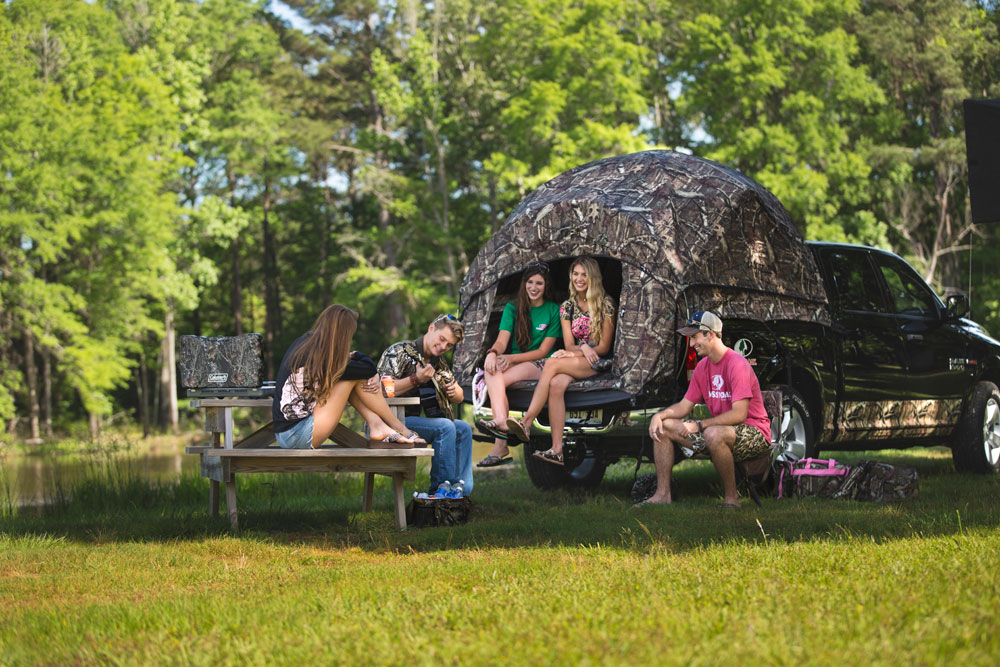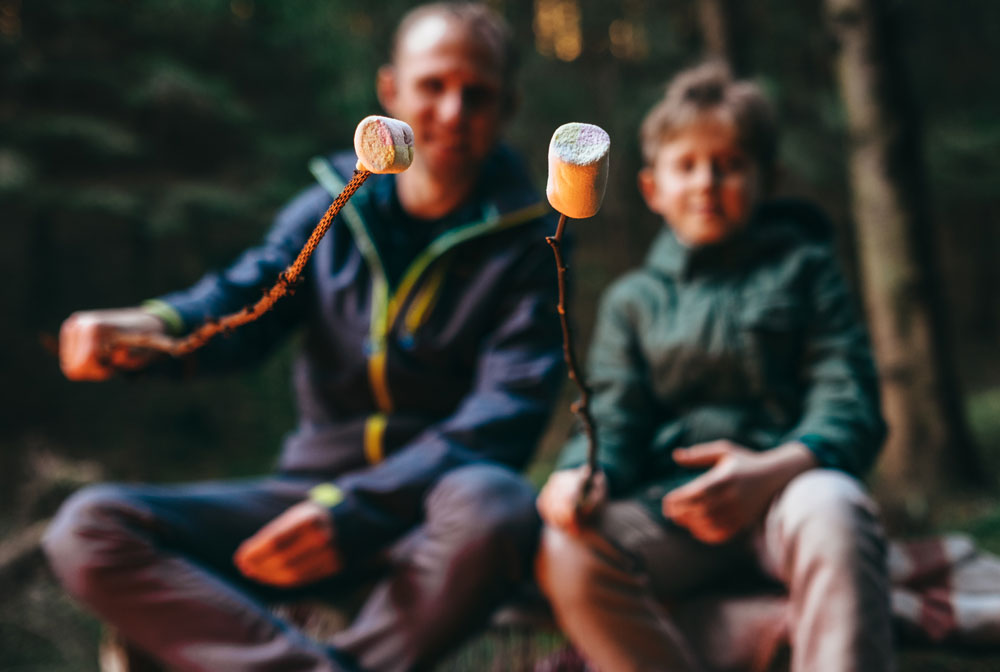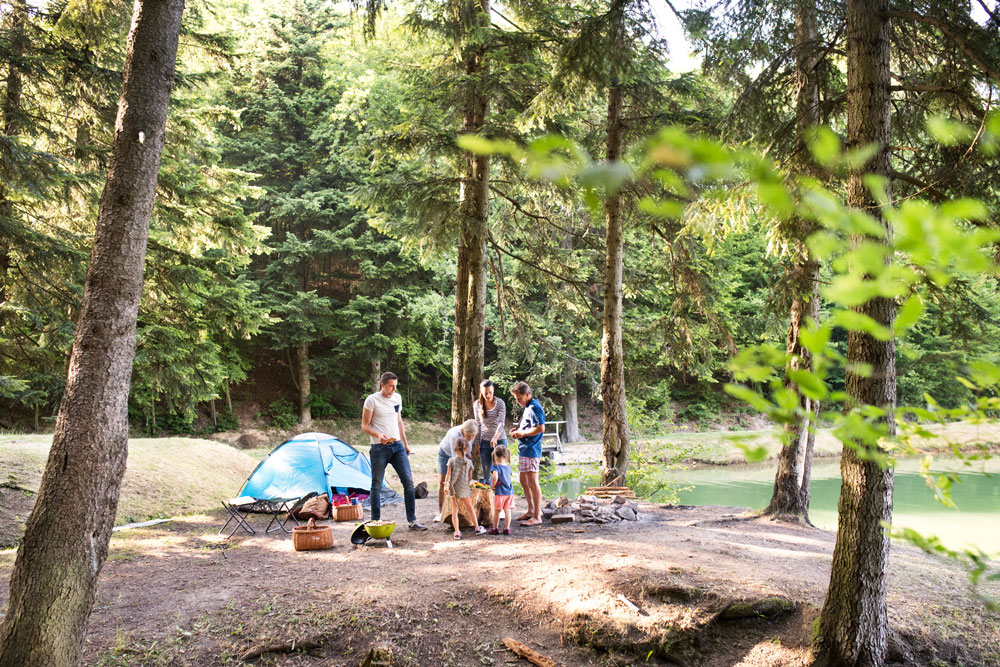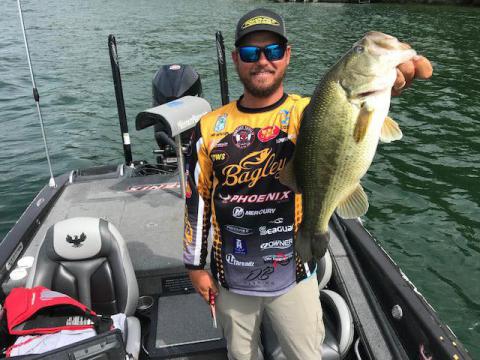Camping as a family is an unforgettable experience. The right gear and a good tent can make all the difference to your comfort and make your family outdoor adventures memorable for the right reasons.

A tent with superior waterproofing technology can ensure a night of sound sleep. Good backpacks, rain jackets, and tasty snacks can keep the kids happy and focused on the great outdoors rather than fighting with their siblings. Here is our family camping checklist to help you choose the best gear for your family excursion.
Tents: Choosing Your Home Sweet Home
Tents are the foundation of traditional camping, and they’re worth an investment. They’re your home away from home where you can shelter from the rain, get some shuteye, and bond as a family.
The tent you’ll need will vary depending on the style of camping your family prefers, your geographical location, and your family size.
Seasonality
Most tents are available in three-season or four-season models. Summer-only tents are suitable options for families that primarily camp in the summer and hot climates.
Three-season tents are the most popular tent choice. A good three-season tent is waterproof and features a rainfly for camping in the rain, provides good ventilation, and is warm enough to stand up to a cool spring morning or a brisk fall night. Mesh windows keep bugs at bay. While they can stand up to a summer rainstorm, good three-season tents are not made for withstanding harsh conditions like heavy snow or alpine winds.
Four-season tents are built for camping in the winter. Snow skirts, sturdy flies, and multiple guy lines are geared to standing up to snowstorms and trapping heat inside. Some four-season tents can be easily transformed into three-season tents by taking away the snow skirt and the heavy-duty fly. Others—such as rugged mountaineering tents—are built for lofty, exposed places.
Sleeping Capacity
A tent’s sleeping capacity is incredibly important, especially when you’re planning to camp with your family, as it impacts your comfort and the type of gear you can bring.
In general, a tent’s sleeping capacity refers to how many people it can fit without gear. If you have small kids under the age of 10, you may be able to fit six people plus gear in a 6-person tent. However, if you have teens, you will need to add an extra person’s worth of space to accommodate your gear.
There is no industry standard of per-person tent space. That’s why it’s essential to pay attention to the tent’s footprint and to check out model tent displays if you’re buying at a store. You may want to size up your tent if you have restless sleepers, dogs, or your family simply requires more space.
Features
Notable tent features include a footprint, a gear loft, an easy set-up, and a rainfly. While a gear loft offers convenient storage, the footprint, set-up, and rainfly are must-haves for any serious camping family.
A footprint protects your tent from dew, rain, and other sources of moisture soaking into your tent from the ground below. A rainfly protects the walls of your tent from condensation, dew, and rain.
Even if the interior layer of your tent is waterproof, condensation still collects on the walls of the tent without a rainfly. If you want to sleep soundly, opt for a rainfly and a footprint. When pitched properly, they help you stay warm and dry even through the worst downpours.
Look for freestanding family tents. This allows for a quick and flexible set-up without the need to stake your tent immediately. So, if the location you have chosen for your campsite is unsuitable, you can simply pick up and move the tent fully assembled before staking. You should also choose a tent with minimal poles for quick assembly so you can start making family memories sooner.
Breaking the Mold: Hammock Camping
If your family wants to completely break free of camping norms—and having to share tent space—consider hammock camping. Paired with a waterproof tarp overhead in case of rain or a hammock insulator underneath for cold weather, hammocks become private bedrooms in the wilderness. Try Grand Trunk hammocks and accessories for the ideal solution for restless sleepers and snappy siblings.
The Gear List
Sleeping Bags
Choose sleeping bags with weight and temperature ratings that are appropriate for your activities. Err on the side of a warmer sleeping bag than you’ll think you’ll need. It’s always better to unzip a warm sleeping bag than to shiver in a sleeping bag that’s too light.

If you’re heading out on a family backpacking adventure, opt for lightweight, compact sleeping bags. You may have to pay a little extra to get the right combination of warmth and lightweight technology, but your family’s comfort is worth the investment.
Backpacks
The right pack is critical for backpacking. If you’re covering some serious miles, weigh and test your backpacks before hitting the trail. Select comfortable, well-fitting backpacks that don’t pinch or rub, and don’t forget a backpack rain cover—this helps to keep your gear dry.
Layers
The layers you and your family will need depend mostly on where and when you will be camping. When you layer, you can control your body’s temperature, as well as how much you sweat.
Choose lightweight, moisture-wicking base layers. If you’re dealing with chilly weather, add compact mid-layers. Always carry waterproof outer layers, just in case the weather takes a turn for the worst.
Cooking Gear
Some of the best family camping memories are made around the campfire. The right cooking gear allows you to get the kids involved in meal preparation so you can enjoy meals together in the wilderness.
Take along lightweight pots and pans, a Dutch oven, enamel or metal plates and cutlery, and long BBQ forks for roasting marshmallows. Don’t forget to keep the kids well-hydrated with a BPA-free water bottle or Camelbak hydration pack if you plan on taking long hikes around your campsite.

Final Thoughts
By including the kids in the process of selecting gear and planning ahead, you can help them build a sense of confidence, organization, and adventure-readiness. Instill a spirit of exploration and responsibility early, and you’ll have kids who are ready for a lifetime of hiking, camping, hunting, and conservation.
We put together these starter checklists to help you get ready for your camping adventures.
Food & Drink:
- Prepped food in bags/bottles
- Breakfast x number of days
- Lunch x number of days
- Dinner x number of days
- Snacks
- Seasonings
- Utensils for cooking
- Tongs
- Utensils for eating
- Wash cloth and scrubber for cleaning after meals
- Paper plates/bowls
- Paper towels
- Ice chest for food/Ice
- Ice chest for Drinks/Ice
- Small Ice Chest for Easy Access Drinks
- Water gallons and individual
- Refillable Water bottles
- Bottle of Grill Propane (Small)
- Fire disk/Grill
- Coffee Mugs
- Coffee
- Match Light charcoal
Tent:
- Batteries for Lantern and Headlamps
- Tent broom and pan
- Lantern
- Small Pan w/ Water for Feet
- Towel to Knock Off Sand/Dirt
- Rug to wipe feet
Sleep:
- Sleeping bags/blankets for adult
- Pillows for adults
- Air mattress and pump
- Kids Sleeping Bags
For All People:
- Backpack
- Hiking sandals/shoes
- Refillable water bottle
Misc:
- Toiletries
- Towels
- Cheap flip flops for bath house
- Hats
- Headlights/flashlights
- Balls and glove/Frisbee
- Trash Bags
- Theraworks cramp spray
- First Aid Kit
- Extra Battery (recharge units) For Phones
- Machete/hatchet
- Tool bag
- Small table
- Tarp
- Bungee cords /zip ties
- Long Metal tongs for Fire/cooking
- Folding chairs
Fishing:
- Life jackets
- Poles & Tackle
Mossy Oak Wellness products are designed with that singular goal - to help you get the most from your time outdoors. Our passion for helping people get closer to nature has led us to develop innovative, new products built to not only motivate and inspire you to pursue your best life outdoors but to help you feel better while you’re out there.




























